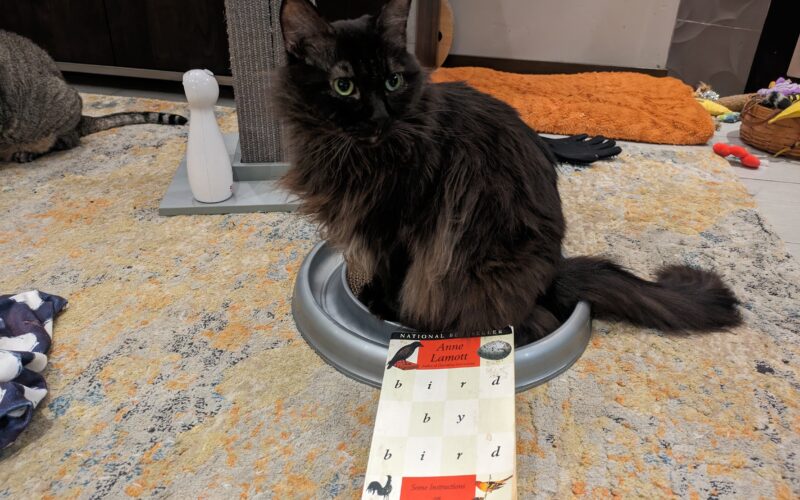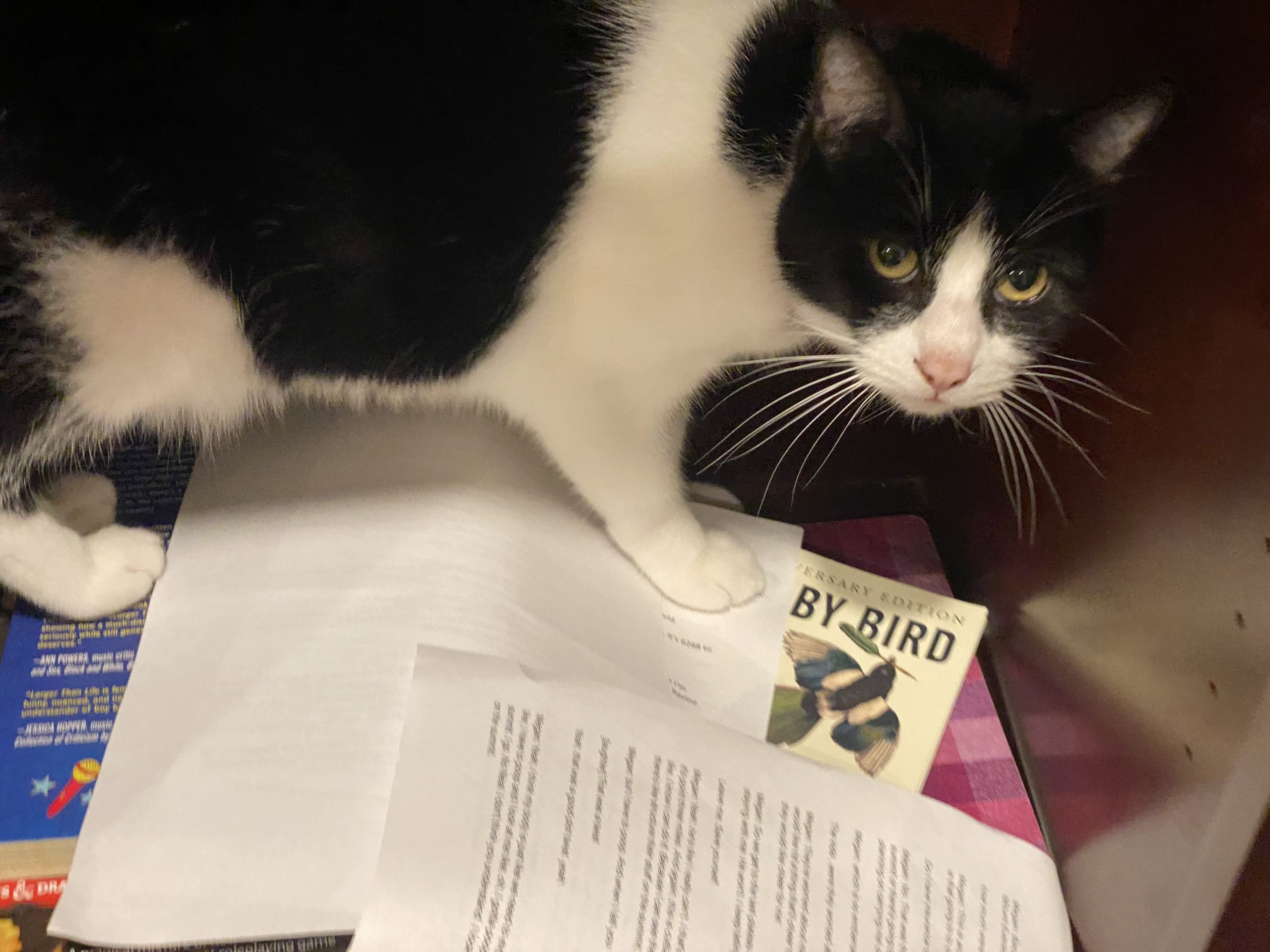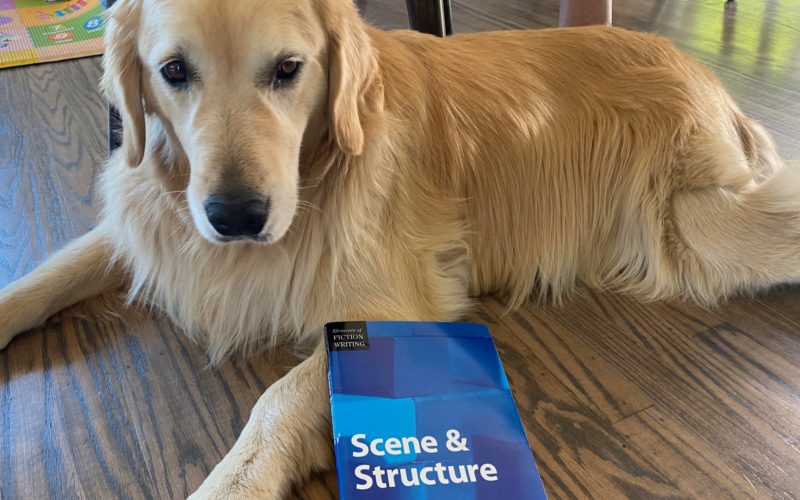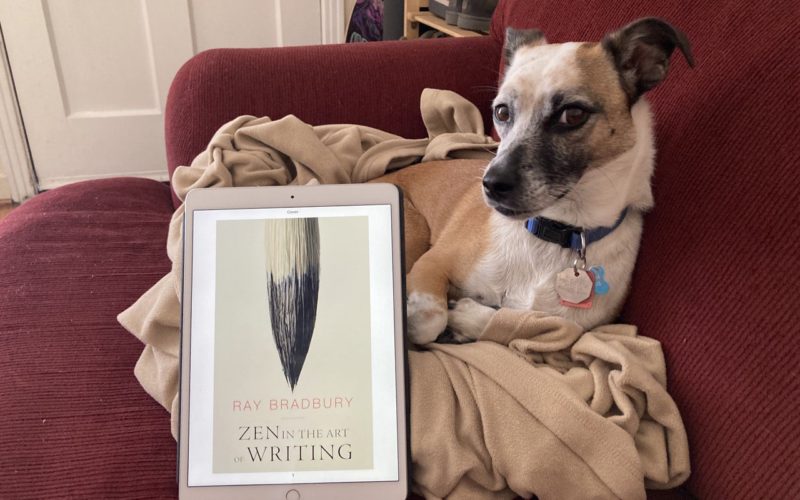Finding Your Memoir’s Form
Chronological, essays, skipping through time, interspersed non-fiction — there are so many forms that memoir can take. Judith Barrington covers several in her book, Writing the Memoir, and in this episode we discuss the options, and which one is best for your memoir. As a bonus, Renee shares an exercise she’s come up with for finding your memoir’s theme.
Want to hear more of our exercise workshop? We post the bonus podcast, SnarkNotes, and detailed write up of the exercises on our Words to Write by Patreon account.
Read More





























Remembering the Day When…
Your memoir is about you (obviously) but it’s not just about you. In this episode we cover Judith Barrington’s chapter on how (and why) to bring events from the...